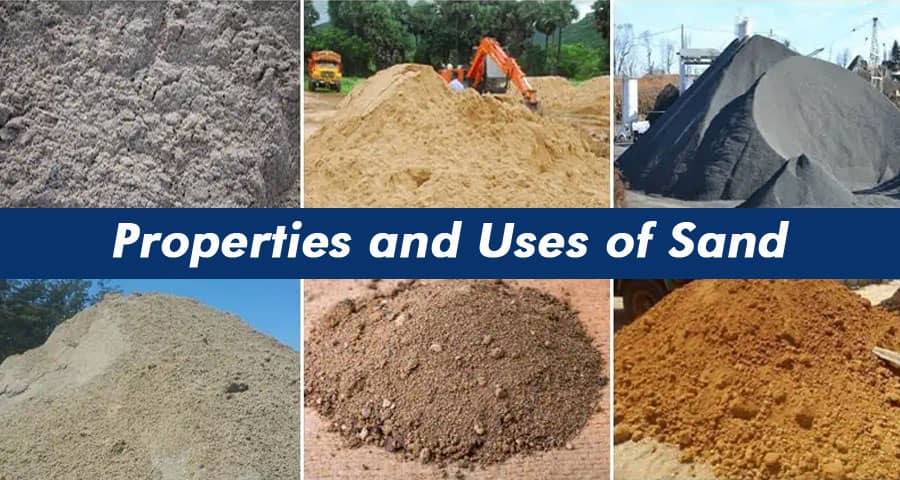Unveiling the Versatility of Sand: Exploring its Properties and Multifarious Uses

Sand, often perceived as a simple granular substance, holds within its grains a plethora of properties and applications that transcend conventional understanding.
Understanding the Chemical Composition of Sand
At its core, sand comprises primarily of silicon dioxide (SiO2), commonly known as quartz, along with traces of other minerals such as feldspar and magnetite. This chemical composition imparts unique characteristics to sand, rendering it an indispensable resource in numerous industrial processes and natural phenomena.
Exploring the Physical Properties of Sand
- Grain Size and Texture: The granular structure of sand manifests in a spectrum of grain sizes, ranging from fine to coarse. This variance in particle size influences the texture and compactness of sand, determining its suitability for distinct applications. Finer sands exhibit smoother textures and are often favored in construction and landscaping projects, whereas coarser sands find utility in filtration systems and abrasive blasting.
- Porosity and Permeability: One of the defining features of sand is its inherent porosity and permeability. The interstitial spaces between sand grains create a network of voids, facilitating the flow of fluids through the material. This property is exploited in geotechnical engineering for groundwater recharge, oil extraction, and soil stabilization, among other geoenvironmental applications.
- Color Variation: While commonly associated with hues of beige and golden brown, sand exhibits a diverse array of colors reflective of its mineral composition and geological origins. From the vibrant red sands of Australia's Outback to the striking black beaches of Hawaii, the chromatic diversity of sand serves as a testament to the dynamic forces shaping our planet's landscape.
Applications Across Industries
- Construction and Infrastructure Development: Sand stands as an indispensable cornerstone in the realm of construction and infrastructure development, serving as a fundamental ingredient in concrete, mortar, and asphalt mixtures. Its cohesion-enhancing properties bolster structural integrity, while its thermal insulating characteristics contribute to energy-efficient building designs.
- Manufacturing and Production Processes: In the manufacturing sector, sand finds extensive utility in casting and molding applications, where its moldability and refractory nature facilitate the production of intricate metal components and ceramic artifacts. Foundries rely on silica sand molds to cast molten metals, ensuring precision and reproducibility in the fabrication process.
- Environmental Remediation and Ecosystem Restoration: Sand plays a pivotal role in environmental remediation efforts and ecosystem restoration initiatives worldwide. From beach nourishment projects aimed at mitigating coastal erosion to sediment filtration systems designed to purify wastewater, sand-based solutions offer sustainable pathways towards safeguarding our natural habitats and preserving ecological balance.
- Recreational and Aesthetic Pursuits: Beyond its utilitarian functions, sand serves as a canvas for artistic expression and recreational enjoyment. From sculpting intricate sandcastles on sun-kissed shores to partaking in exhilarating sandboarding adventures amidst desert dunes, the tactile allure of sand captivates the imagination and fosters a profound connection with the natural world.
Conclusion: Embracing the Boundless Potential of Sand
In conclusion, the properties and uses of sand transcend conventional categorizations, encompassing a vast spectrum of applications across diverse industries and domains. From its chemical composition to its physical properties and multifarious utilizations, sand epitomizes resilience, versatility, and adaptability in the face of ever-evolving challenges and opportunities.
